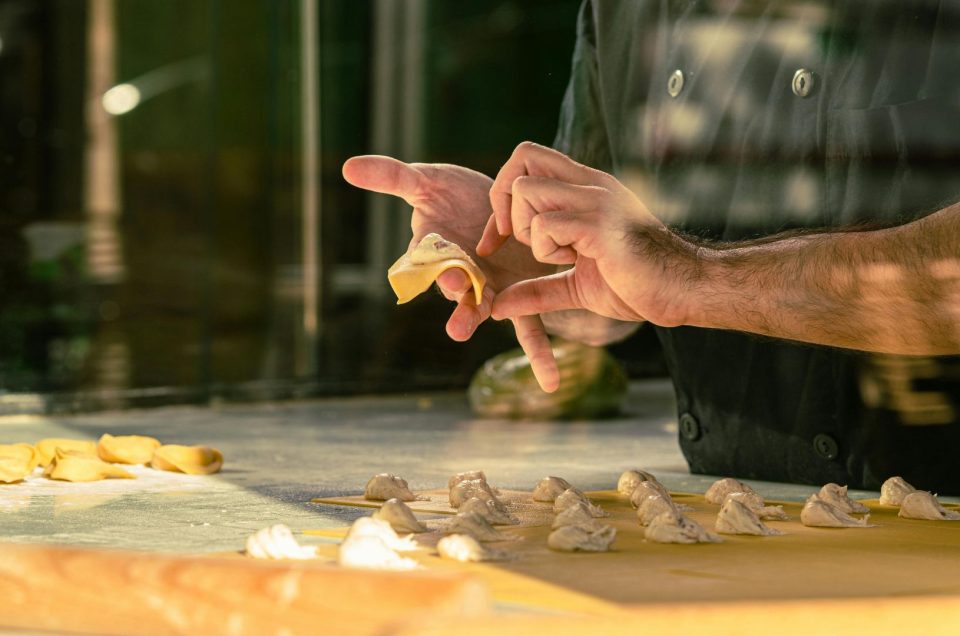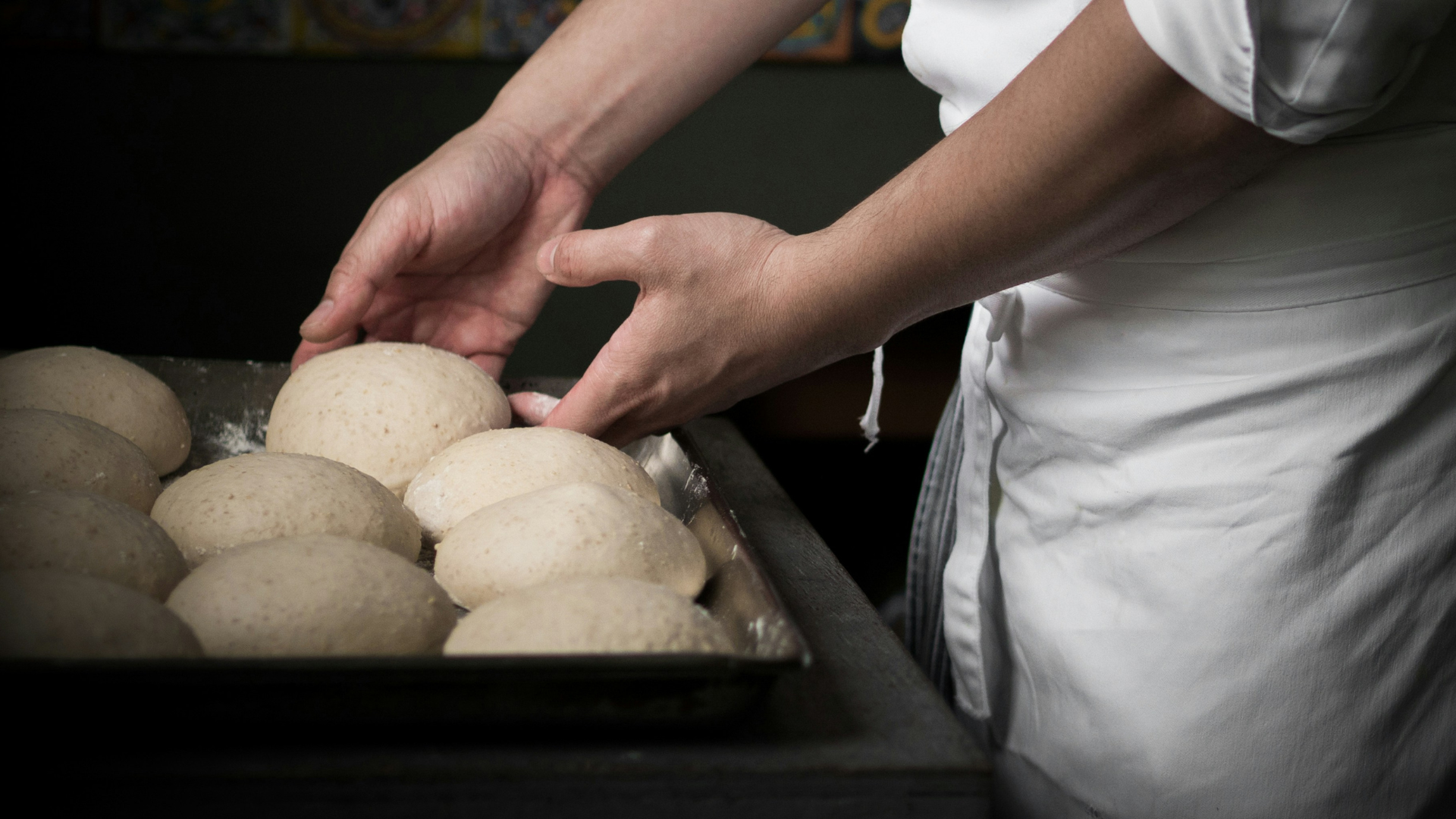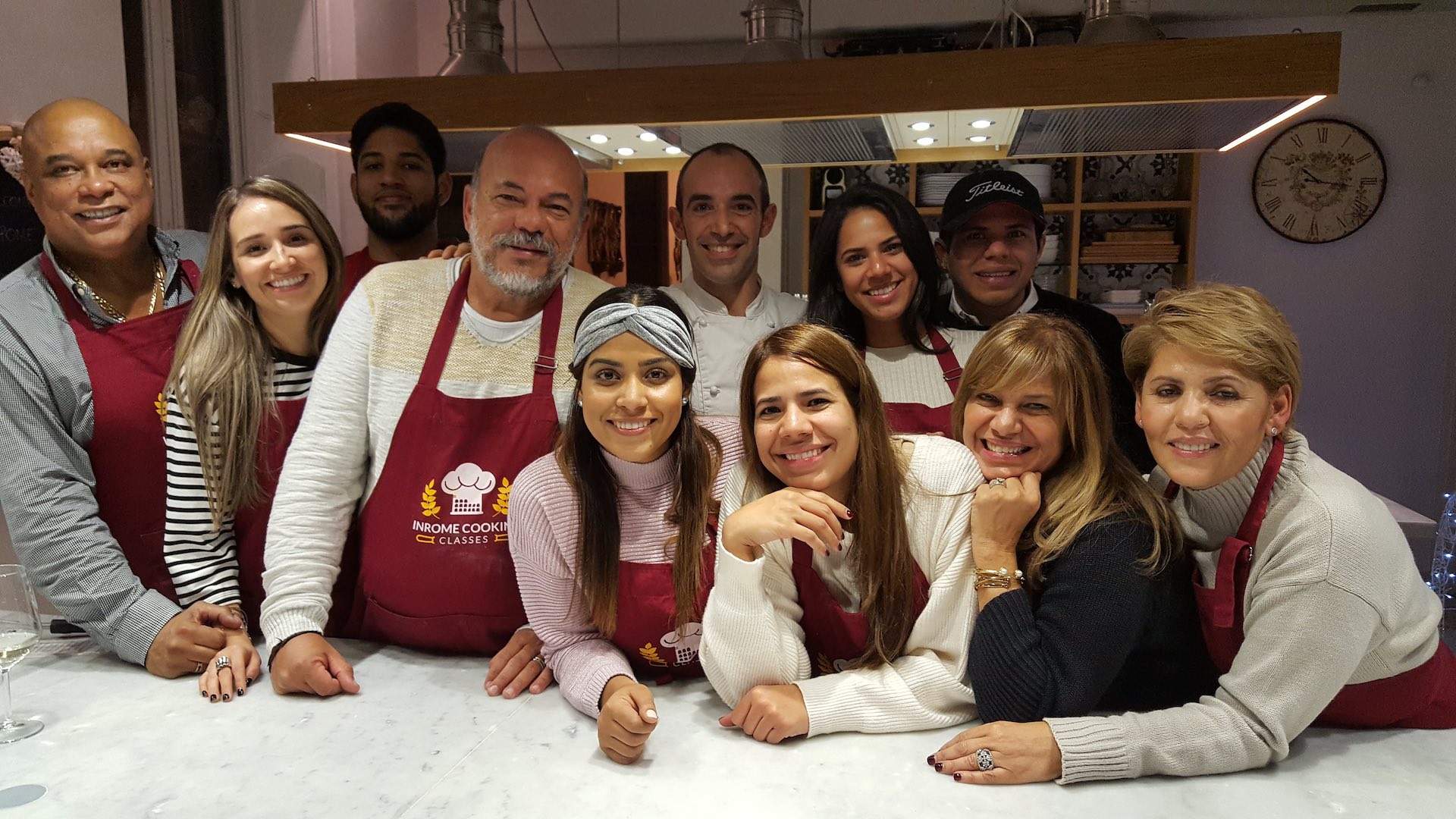The Joy of Handmade Food: Rediscovering the Art of Cooking from Scratch
Imagine stepping into a centuries-old palazzo in the heart of Rome—it hums with history, whispers of emperors and families gathering across generations. The air is fragrant with basil, garlic, and warmth. In your hands, you feel cool, silky dough whose story spans centuries. This is handmade food: memory, culture, love—and you are its storyteller.
What Makes Handmade Food Special
Handmade food isn’t just a meal—it’s a bridge across time. When you shape pasta with your own hands, you’re touching the same traditions that have shaped Roman kitchens for hundreds of years. This is artisan food making, a lineage of emotions and raw elements transformed into something timeless.
Every pinch, every twist of dough connects you—to your fellow classmates, to the chef smiling beside you, to the pulse of the city. It’s a communion of senses and spirits, beyond what any fancy restaurant can serve.
Why Authentic Flavors Come from Traditional Methods
Have you ever tasted food so pure it brings you to tears? That’s the magic of authentic cooking methods. Long simmered ragù, olive oil pressed just yesterday, eggs cracked one by one—you get flavors so rich, they carry the light of Roman dawns, the laughter of local families, and the soul of the market.
Our chefs teach traditional handmade pasta techniques—from kneading eggs and flour to coaxing the perfect chew from tagliolini or fettuccine. With each strand, you savor centuries of culinary reverence.
The Emotional Benefits of Creating Food by Hand
Cooking by hand heals. More than a simple act of nourishment, it becomes a moment of presence, of quiet joy. Studies show that preparing food can significantly relieve stress, providing a kind of moving meditation that soothes the mind. It grounds you in the here and now, gently pulling your attention away from the chaos of the outside world.
In our kitchens, something more than recipes takes shape. You laugh over dough too sticky or a sauce that refuses to thicken—because imperfections remind us that this is human work, not mechanical precision. Your hands knead, stir, sprinkle, fold—each motion a small ritual that brings you closer to yourself and to those you cook for. You breathe in deep, comforting aromas that evoke childhood memories, far-off places, or a moment of stillness shared with someone dear.
You leave the kitchen not just with flour on your clothes or sauce on your sleeve, but with a sense of calm, pride, and fulfillment. There’s a quiet magic in creating something from scratch—an intimacy, a connection, a reminder that beauty can come from the simplest ingredients and the touch of your own hands.
Cooking becomes more than just making a meal. It becomes a language of love, a celebration of tradition, a return to yourself.
Traditional Handmade Italian Food Techniques
From rolling gnocchi into pinched pilllows to folding ravioli like tender letters- this is traditional handmade italian food at it’s soul.
Italian cuisine is deeply rooted in manual tradition. Each region, even each family, passes down its own time-honored techniques for crafting meals entirely by hand.
Take pasta fatta a mano: sheets of dough are kneaded vigorously until smooth, then rolled out with a wooden rolling pin — mattarello — until they reach the perfect thinness. No machines, no shortcuts. The art of shaping pasta varies wildly: orecchiette from Puglia are pressed and dragged with the thumb to form their characteristic dome; trofie from Liguria are twisted between the palms to spiral just right; cavatelli are nudged into shape with the edge of a knife or fingers.
Bread, too, is a hands-on craft. Traditional ciabatta or pane toscano starts with a natural starter, mixed and folded entirely by hand to preserve the delicate air pockets. The slow fermentation and tactile shaping give these loaves their unmistakable texture and flavor.
Even sweets rely on old-school techniques: cannoli shells are rolled thin and wrapped around metal tubes by hand before frying, and amaretti cookies are scooped with spoons and shaped gently to avoid deflating.
Each of these processes demands time, intuition, and touch — qualities machines can’t replicate. Handmade Italian food is not just about the final product; it’s about honoring technique, celebrating imperfection, and keeping tradition alive through the movement of hands.
Health and Nutritional Advantages
When you cook from scratch, you reconnect with what food is meant to be—pure, unprocessed, honest. Think extra-virgin olive oil, vine-ripened tomatoes, flaked sea salt, eggs fresh that morning, and vegetables from local Roman markets. You control each ingredient—no hidden additives, no suspicion. It’s wholesome—and far richer in flavor, texture, and joy.
The Social Aspect of Handmade Food
Food is the universal language, and nothing speaks louder than handmade meals. In our classes, strangers become friends over shared tasks and:
- Solo travelers find companionship kneading alongside locals and fellow tourists.
- Families build memories as children shape pasta or top pizzas—moments to carry home, repeated again in kitchens worldwide
And when you savor your creation—with laughter echoing off frescoed walls—you taste not just food, but connection.
Elevate the evening by pairing your dish with a perfect Italian wine—our blog shows you how to Pair Italian Wines with Roman Dishes.
Book Your Special Cooking Class
Ready to step into a sun-drenched courtyard tucked within the walls of a historic Roman palazzo? You want to be guided by gently chef who knows every fold and secret of the kitchen while your finger sink into warm dough?
Choose how you want to live it:
- a private class, intimate and curated just for you;
- a shared experience full of laughter and camaraderie;
- a pizza-making session where your dough dances to your rhythm.
Book now your next experience, and live your Italian day-dream!






